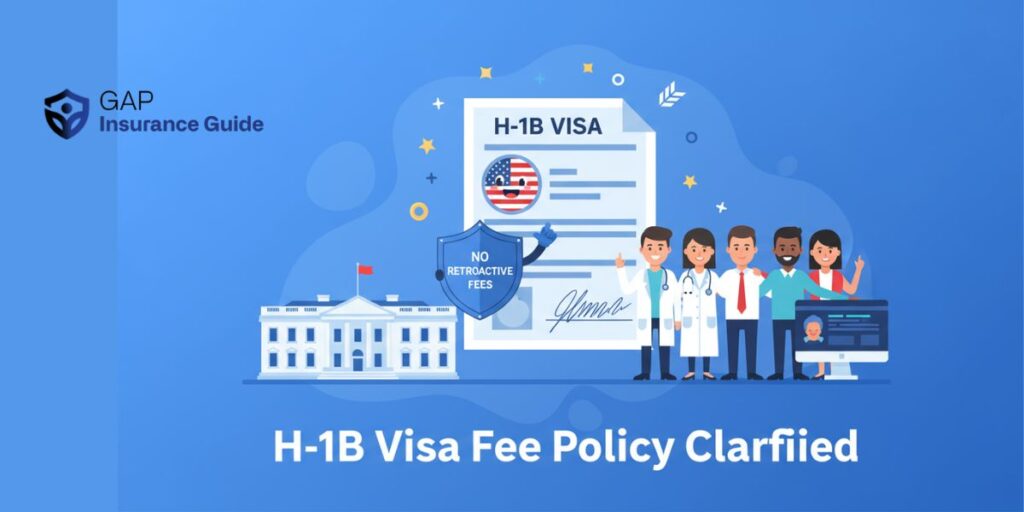The Federal Reserve has approved a quarter-point interest rate cut, lowering its benchmark overnight lending rate to a range of 4.00%-4.25%. The decision, passed in an 11-to-1 vote, comes as officials weigh a cooling labor market against still-elevated inflation.
In its statement, the Federal Open Market Committee (FOMC) noted that job gains have slowed while inflation remains high. The Fed acknowledged “downside risks to employment” but emphasized uncertainty around the broader economic outlook.
Minimal Dissent Inside the Fed
Only newly appointed Governor Stephen Miran opposed the move, advocating instead for a half-point cut. Governors Michelle Bowman and Christopher Waller, who had been viewed as possible dissenters, supported the 25 basis point reduction.
Miran, a Trump appointee and vocal critic of Chair Jerome Powell, has been pushing for more aggressive rate cuts. His stance highlights tensions inside the Fed over how quickly policy should be eased.
Market Reaction and Powell’s Comments
Markets reacted with volatility following the decision. Stock indexes swung between gains and losses, while Treasury yields fell on shorter-term securities but rose on longer maturities.
Powell described the move as a “risk management” strategy rather than a response to outright economic weakness. “The marked slowing in both the supply of and demand for workers is unusual in this softer labor market,” he said, adding that the adjustment moves policy toward a more neutral stance.
Fed’s Projections Show More Cuts Ahead
The Fed’s closely watched “dot plot” showed that most officials expect two additional cuts before year-end, likely at the October and December meetings. Opinions within the committee varied:
- Nine participants anticipated one more cut.
- Ten projected two cuts.
- One participant saw no need for cuts, including the one just approved.
Looking ahead, the Fed projected one cut in 2026 and another in 2027 as it moves toward a long-run neutral rate around 3%.
Politics Loom Over the Fed
The decision comes amid heightened political pressure. Former President Donald Trump has repeatedly urged the Fed to cut rates aggressively, arguing it would stimulate the housing market and reduce government borrowing costs.
Governor Miran, widely seen as aligned with Trump, has echoed that stance. His appointment and criticism of Powell have fueled concerns over the Fed’s independence.
Meanwhile, controversy surrounds Governor Lisa Cook, a Biden appointee. A court recently blocked Trump from removing her after allegations of mortgage fraud surfaced. Cook has denied any wrongdoing and voted with the majority for the quarter-point cut.
Labor Market Signals Growing Risks
Despite steady consumer spending and solid overall growth, the labor market is showing signs of stress. The unemployment rate rose to 4.3% in August, the highest since late 2021. Job creation has stalled, and a recent revision revealed the U.S. economy added nearly one million fewer jobs in the year leading up to March 2025 than initially reported.
Officials like Waller argue that easing policy now could prevent further deterioration. His name has also been floated as a potential successor to Powell, whose term ends in May 2026.
What Comes Next
With two more cuts projected this year, the Fed’s focus remains balancing inflation risks with concerns over rising unemployment. As Powell emphasized, “uncertainty about the economic outlook remains elevated.”
Markets, meanwhile, will be watching every signal to gauge whether the central bank sticks to its easing trajectory or pivots if inflation proves more stubborn than expected.
Disclaimer: The content published on Gap Insurance Guide is intended for general information and educational purposes only. We cover topics related to insurance, banking, finance, and trading, but none of the material should be considered financial, legal, or investment advice. While we aim to provide accurate and up-to-date information, we make no guarantees about completeness, reliability, or accuracy. Any actions you take based on our content are strictly at your own risk, and Gap Insurance Guide will not be liable for any losses or damages. We strongly recommend consulting a licensed financial advisor, insurance expert, or other qualified professional before making decisions. Articles may include links to third-party websites, and we are not responsible for their content or practices.
I’m Abhilash, a finance and business content writer passionate about simplifying money matters. I share practical insights on finance, business growth, and insurance to help readers make informed decisions. Through my blogs and articles, I aim to provide clear, reliable, and actionable advice for smarter financial planning and success.



